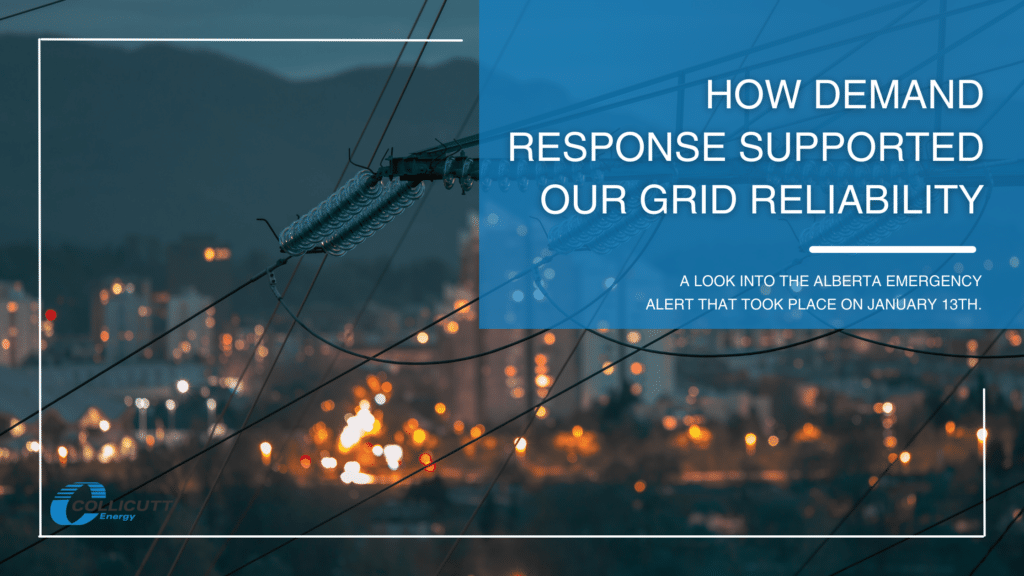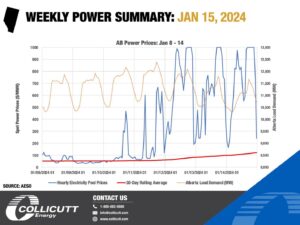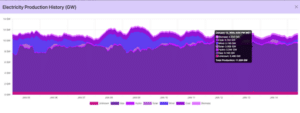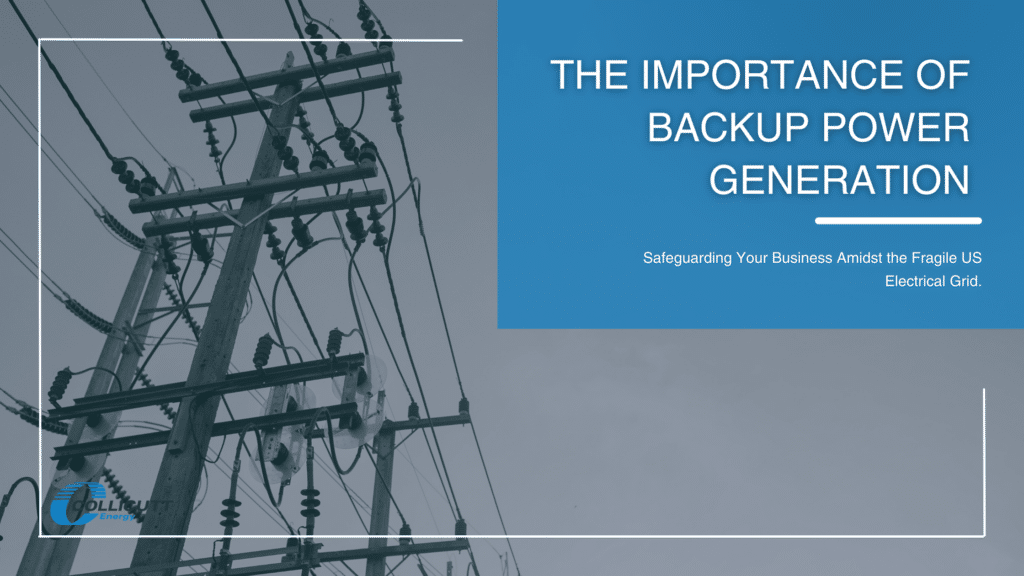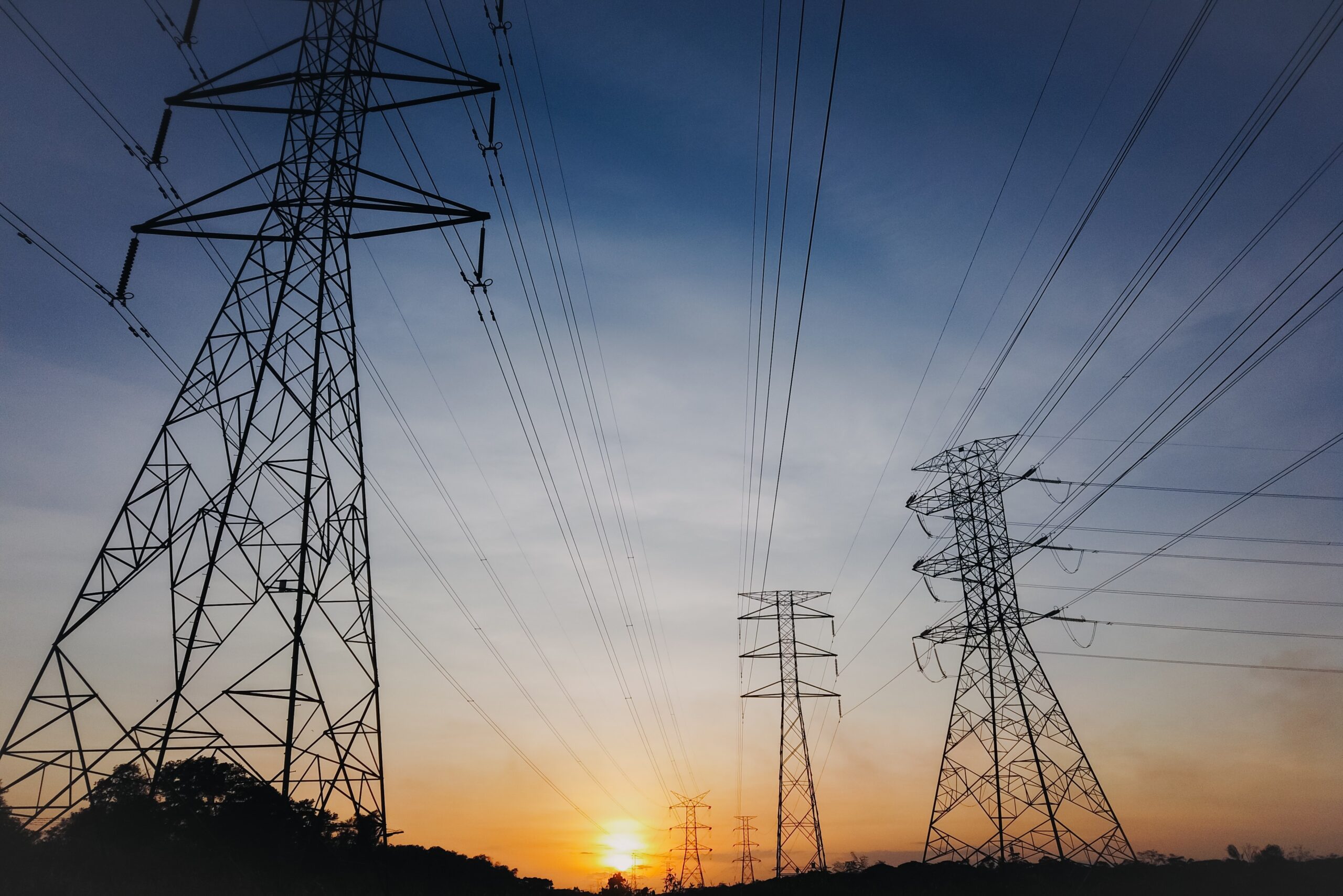Understanding the Impact of Wildfires on California Infrastructure
California’s wildfire season has proven to be increasingly destructive, with fires causing widespread damage to infrastructure. The impact is felt across various sectors including transportation, utilities, and communications. Roads can be closed, power lines can be downed, and communication networks can be disrupted, making it difficult for emergency services to respond effectively.
Businesses in particular face significant challenges. Hospitals may struggle to provide critical care without power, data centers risk losing valuable information, and old age homes could face life-threatening situations for residents. Childcare centers, business centers, and construction sites also face operational disruptions. Therefore, understanding the full scope of wildfire impacts on infrastructure is crucial for effective preparedness.
Essential Wildfire Preparedness Equipment for Businesses
To mitigate the risks associated with wildfires, businesses must equip themselves with essential preparedness tools. Fire pumps and generators are at the top of this list. Fire pumps help in controlling small fires and preventing them from spreading, giving firefighters a better chance to contain the blaze.
Generators are equally important, ensuring that critical systems (including fire pumps) remain operational during power outages. This is particularly vital for businesses where any disruption in power can have dire consequences. Additionally, businesses should consider investing in smoke detectors, fire extinguishers, and emergency lighting to enhance overall safety.
Strategies for Effective Generator and Fire Pump Maintenance
Regular maintenance of generators and fire pumps is essential to ensure they function correctly when needed. Start by scheduling routine inspections and servicing according to the manufacturer’s guidelines. This includes checking fuel levels, testing battery backups, and inspecting all electrical connections.
For fire pumps, ensure that all components such as hoses, nozzles, and valves are in good working condition. Running periodic drills can also help in identifying any potential issues before they become critical. Proper maintenance not only extends the lifespan of the equipment but also provides peace of mind knowing that your preparedness measures are reliable.
Rental Generator Options: Flexibility in Emergency Preparedness
For businesses that do not own generators, rental options provide a flexible and cost-effective solution. Renting allows businesses to scale their power needs based on the severity of the emergency without incurring the high costs of purchasing and maintaining equipment.
Rental generators come in various sizes and capacities, making it easy to find one that suits your specific requirements. Collicutt Energy can also help with your rental needs with individual generators ranging from 20kW to 2MW with paralleling capabilities up to 10MW.
Creating a Comprehensive Wildfire Preparedness Plan for Your Business
A comprehensive wildfire preparedness plan is essential for safeguarding your business. Start by conducting a risk assessment to identify potential vulnerabilities. Develop an emergency response plan that includes evacuation routes, communication protocols, and roles and responsibilities for all staff members.
Incorporate regular training sessions and drills to ensure everyone is familiar with the procedures. Stock up on essential supplies such as first-aid kits, water, and non-perishable food items. Establish partnerships with local emergency services and other businesses to create a support network. Seriously consider remote monitoring technology for your backup generators as well. This will provide real-time data to identify potential maintenance issues. By taking these steps, you can significantly enhance your business’s resilience against wildfires. View power outage maps here.
Here are a few more resources on California wildfires:







